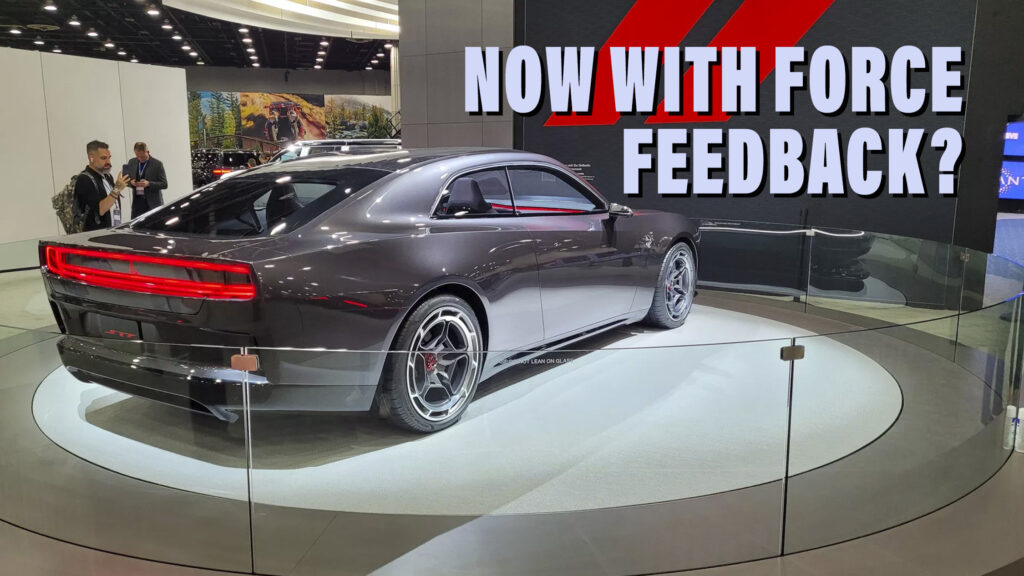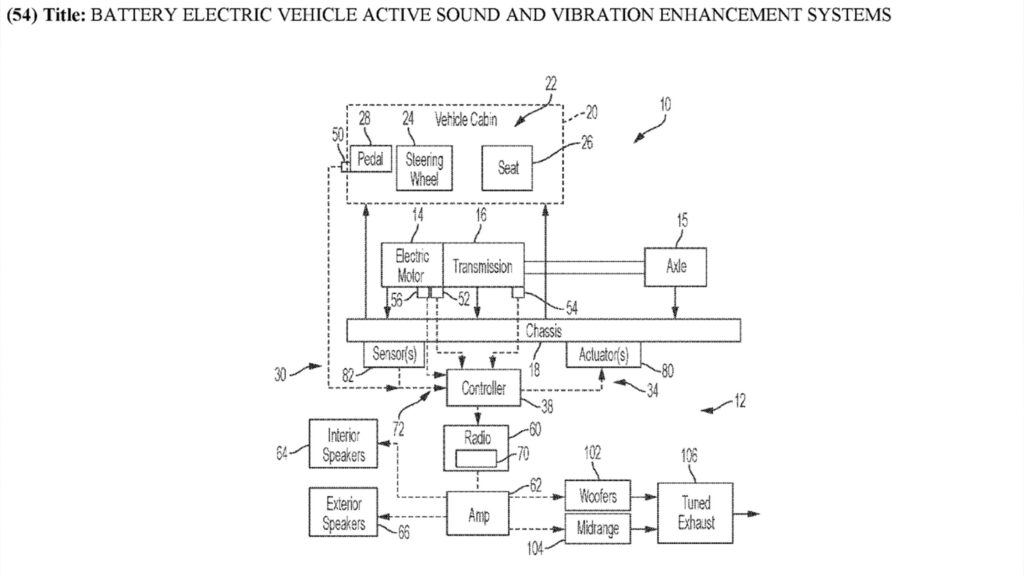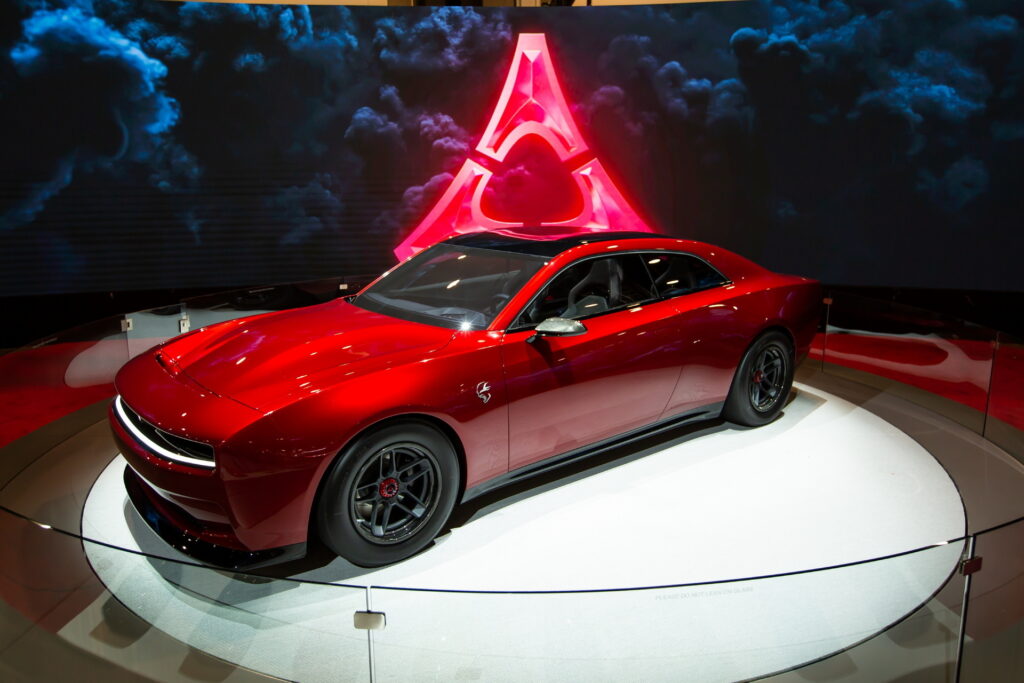The system, if introduced, would likely feature on the Charger Daytona, with EV muscle cars highlighted in the patent
3 hours ago
 –>
–> 
–>
Performance EVs have proved to be quicker to 60 mph than the vast majority of the ICE alternatives, more refined by virtue of having fewer moving parts, and more pliable, offering instant power and torque. However, there’s one thing that even the most die-hard electric zealots will struggle to argue against: when it comes to emotion and character, an EV powertrain can’t harness the same characteristics that make a great ICE so unique.
Or can they? If you’re an engineer at Dodge, chances are you may disagree. A patent filed last year by Stellantis showcases a new Active Sound Enhancement (ASE) system and Active Vibration System Enhancement (AVE), which aim to bring back some of the fizzes that will be lost as their upcoming muscle cars go electric.
Related: 2025 Dodge Charger Daytona Set To Debut On March 5
advertisement scroll to continue
The patent, filed with the World Intellectual Property Organization (WIPO), specifically cites muscle cars, making it a safe bet that one of the intended applications of the ASE and AVE systems will be the all-electric Dodge Charger Daytona.
While Dodge has already showcased its Fratazonic Chambered Exhaust that aims to generate artificial exhaust notes for the Charger Daytona, the ASE/AVE system — if employed — would take the experience a level further. The AVE aims to recreate the vibrations felt that would normally be experienced with an ICE vehicle — presumably a muscle car with a big ol’ V8.

The patent, picked up by Mopar Insiders, states that these vibrations could be introduced in a number of ways. One such option would be to use a force generator to vibrate the chassis or body of the vehicle, with various sensors sending info on driving parameters. It could also include sensations being sent to key touchpoints, such as the steering wheel and driver’s seat — a bit like a high-end sim-racing rig with force feedback and chair-mounted motors that simulate reality.
The ASE component adds interior and exterior speakers, in addition to the “exhaust,” that will react to sensors monitoring parameters such as motor speed, acceleration, wheel speed, and torque. Variations of this system have been employed in cars before, with multiple EVs and ICEs piping artificial engine noises to the cabin in the past. However the vibration element could add an extra dimension to performance EVs.
The question is, would the inclusion of such a system of artificial noises and vibrations ever be able to replicate the experience of an ICE? And would the presence of such innovations help entice existing Charger fans over to a proposed EV future?


 <!–
<!– –>
–> 